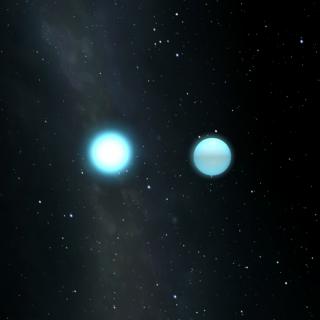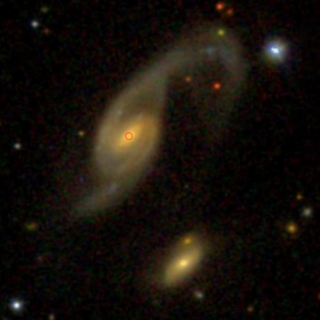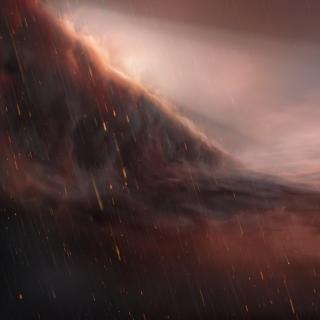
An international research, led by scientists from the University of Sheffield and with the participation of the Instituto de Astrofísica de Canarias, has discovered, using the HiPERCAM instrument of the Gran Telescopio Canarias at the Roque de los Muchachos Observatory (Garafía, La Palma), an ancient pulsating star in a double star system. The discovery, which is published in the journal Nature Astronomy, provides important information about how stars like our Sun evolve and eventually die.
Advertised on




